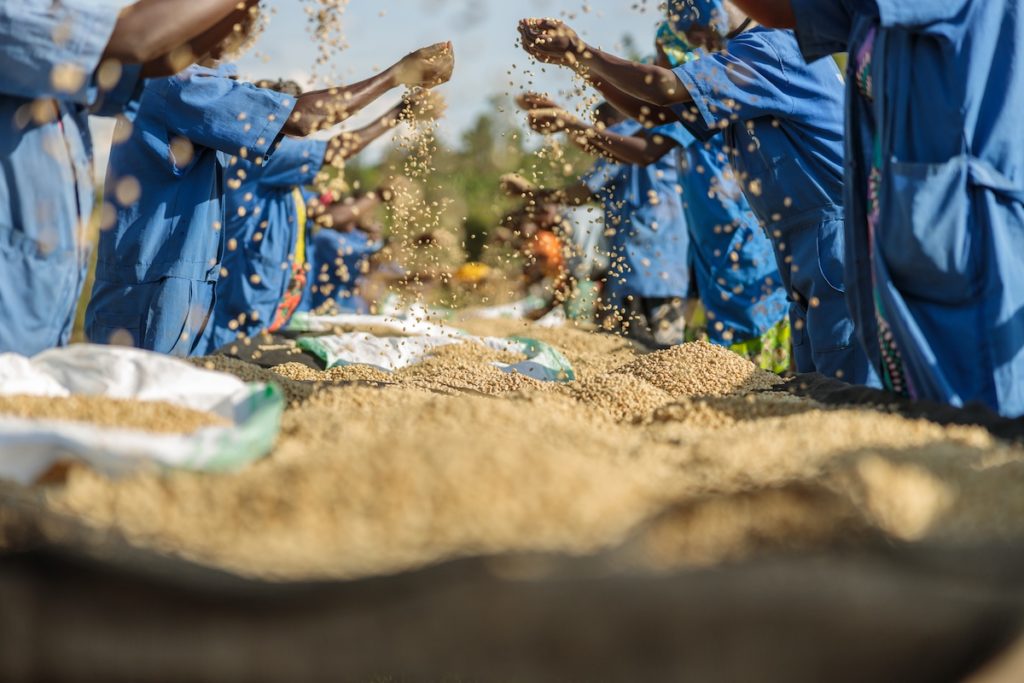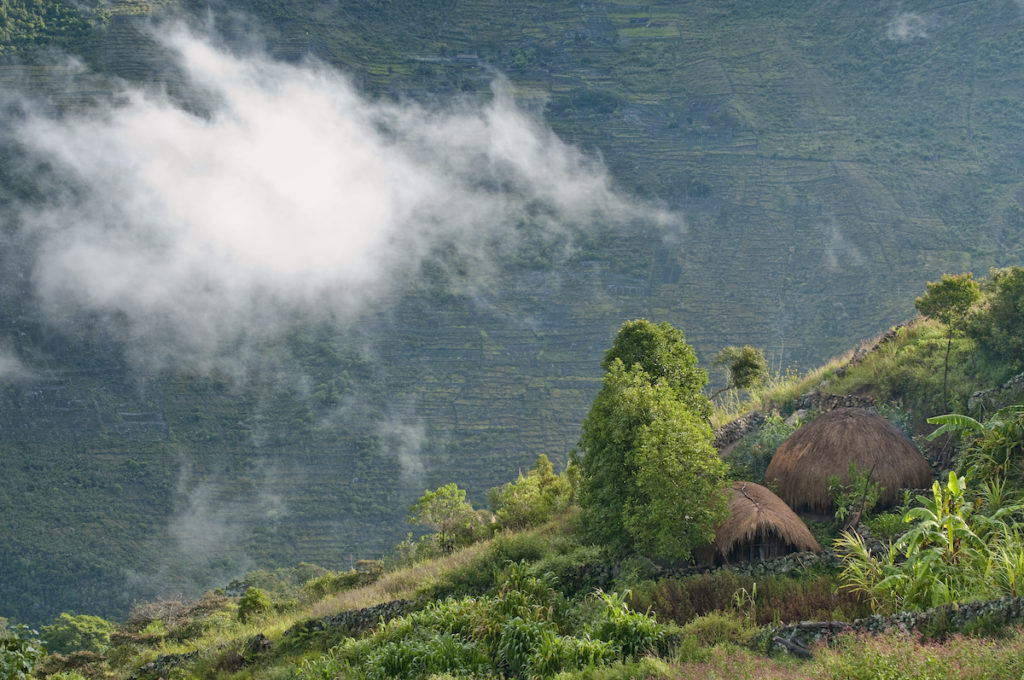Despite what many may think, espresso is a form of coffee. So the real question becomes, “what makes espresso different from all other brewed coffees?” Price immediately comes to mind when considering this question. Because of its higher cost, espresso has gained a reputation for being a fancier way to get your coffee fix. The expensive machine and skilled baristas may be the driving factors behind the high price. However, besides the price, what is the difference between espresso and all other brewed coffee drinks?
Before highlighting the differences, let’s take a quick step back to learn the history of the two drinks.
What is the History of Coffee?
The history of coffee goes back thousands of years. Over time, roasting and brewing methods have evolved based on the differing tastes in various countries. The early 1800s brought the French Press, while Joseph-Henry-Marie Laurens introduced the percolator later that same century. Because the percolator often produced a bitter-tasting coffee from overcooked grounds, the coffee filter was a welcome invention in the early 1900s.
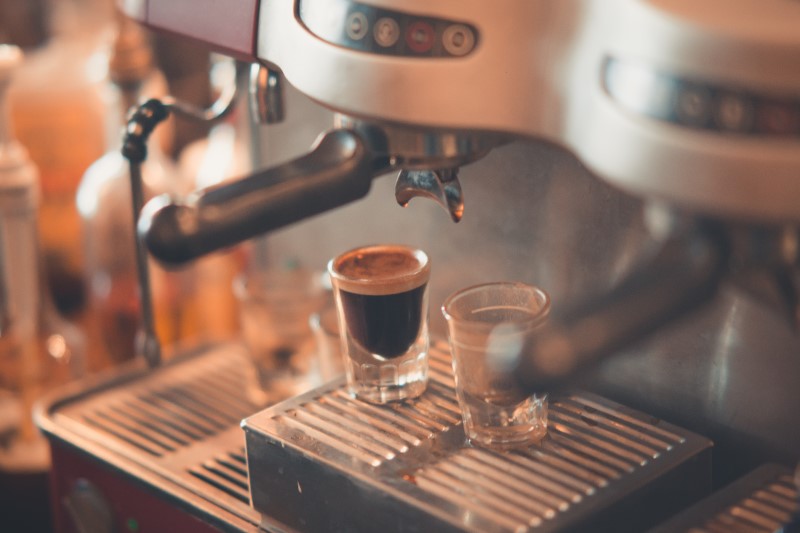
What is the History of Espresso?
The word “espresso” actually refers to the process used to create the well-known drink. Most believe it originated in Italy, where Angelo Moriondo invented the espresso machine’s first form in the late 1800s. In 1901, Luigi Bezzera made improvements to Moriondo’s creation and patented his device. It became what we now know as the espresso machine.
Again, Let’s Reitirate that Espresso is a Type of Coffee.
If you order a coffee (or a caffè) in Italy, the barista will serve you what we know here in the United States as an espresso. A Caffè Americano in Italy is the equivalent to filtered coffee in the U.S.
Espresso is an intense form of coffee, served in shots. Many coffee drinks use espresso as a base. These drinks, likely served at your favorite local cafe, include lattes, cappuccinos, mochas, macchiatos, and americanos. Over the years, cafes created many other creative espresso-based coffee drinks to satisfy the varying tastes of coffee fans.
There are no distinctions between beans used to brew espresso and other coffee with regard to growing and processing. They all come from the same coffee plants and go through the same processing methods.
For this article, “coffee” refers to all other types besides espresso.
What is the Difference Between Espresso and Other Coffee Beans as it Relates to Roasting?
Some believe they can make espresso using any type of roast. Most others find darker roasts provide the bolder flavor characteristic of the drink. The “espresso coffee beans” label only indicates they are one of the darker roasts. Roasters label them as “espresso beans” to indicate they are a favorable choice for brewing espresso. However, these beans can be used to make coffee using other brewing methods.
The dark roast of “espresso beans” holds up well under the high-pressure espresso process, producing a bold, intense flavor profile. Using lighter roasts in an espresso machine would result in a less flavorful coffee uncharacteristic of espresso.
In summary, there is nothing incredibly unique about the roasting process for what roasters label as “espresso coffee beans”. They are roasted longer than some other coffee beans, but the roasting process does not differ in any other way. It is possible to brew a fabulous shot of espresso using other dark roast coffee beans that aren’t labeled as “espresso beans”.
Are Espresso Coffee Beans Ground Differently Than Other Types of Coffee Beans?
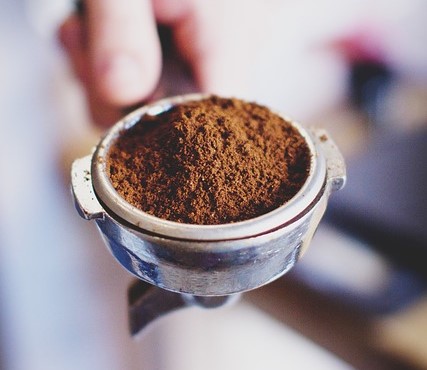
Coffee aficionados reserve the finest ground beans for Turkish coffee. Those who drink Turkish coffee brew it using a powder-like grind. Although it doesn’t have the finest grind, espresso has a finer grind than most other coffees.
Overall, the ideal grind size is dependent on the brewing method. Espresso’s high-pressure rapid brewing process requires a much finer grind than most other coffees. The goal is to be able to brew espresso between 24 and 30 seconds. Too fine of an espresso grind could cause the filter in the espresso machine to clog. A clogged filter leads to over-extraction, producing bitter tasting espresso. On the other hand, an overly coarse grind could cause the brewing time to be too short. This coarse grind leads to under-extraction, resulting in a weak and sour tasting shot.
It is possible to brew espresso using a coarser grind, but this is only if another espresso brewing method is used. Details for espresso brewing methods without a machine are outlined later in the article.
In general, burr grinders are superior to blade grinders because it produces grinds more uniform in size. However, you can more often get away with using a blade grinder for coffee than you can with espresso.
How Does the Brewing Process Differ Between Espresso and Coffee?
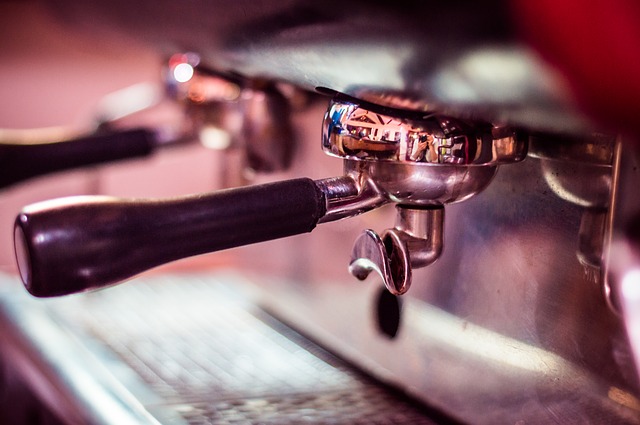
The most apparent difference is an espresso machine is usually used to brew espresso. On the other hand, there are numerous ways to brew coffee. The types of coffee brewing methods include drip, pour-over, and immersion.
When a machine is used to make espresso, boiling steam is forced through fine, tightly packed coffee grounds under high pressure.
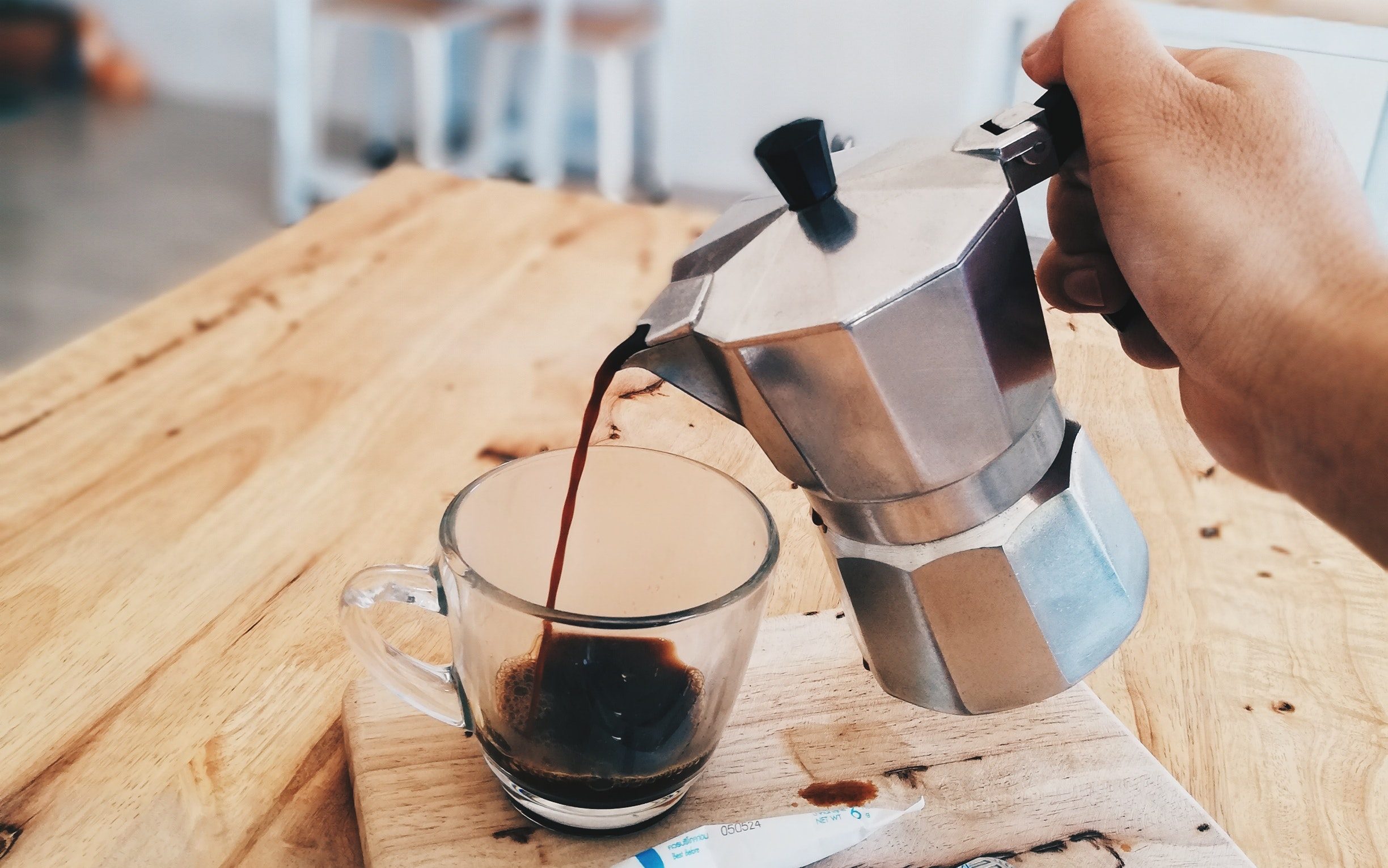
However, as briefly mentioned before, espresso lovers can avoid the machines’ high cost by utilizing a few other brewing methods. Instead of a machine, you can brew espresso using a Moka pot, which works like a steam percolator. The fabulous AeroPress uses hand pressure and a paper filter to produce a concentrated cup similar to an expresso. These alternative methods extract a little less than high pressure steam, but many find them to be affordable, acceptable alternatives.
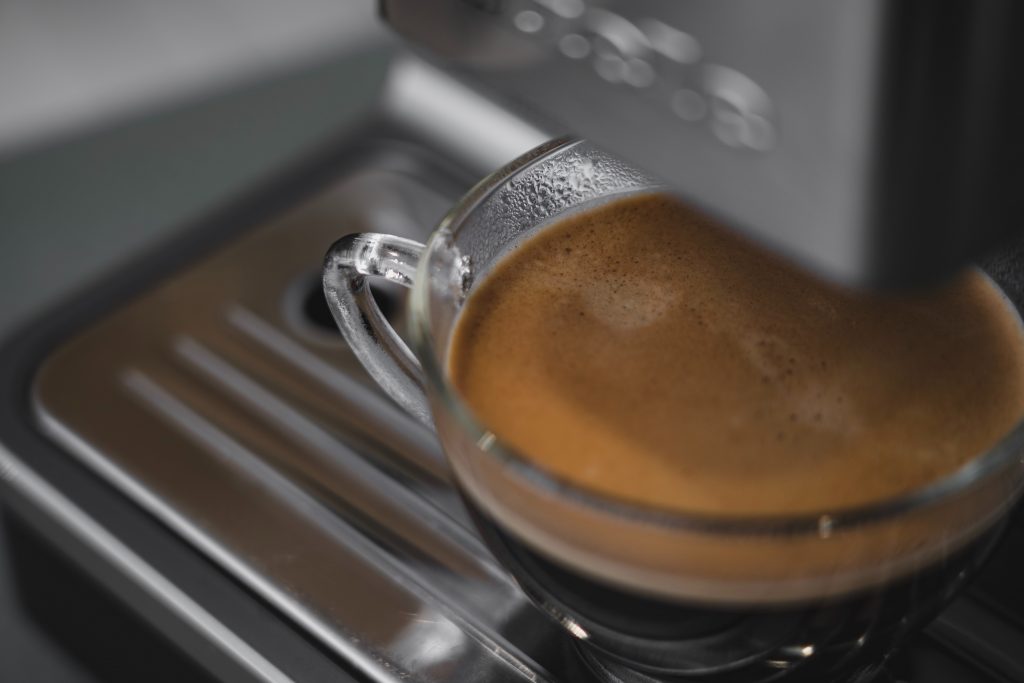
However, these other techniques do not produce high-quality crema like the high-end machines. Crema gives espresso “fuller flavor and a longer aftertaste”.
You can brew a richly satisfying cup of coffee using multiple methods. This is also the case for espresso. However, many find machines produce an unmatched espresso flavor.
Is Espresso More Caffeinated Than Coffee?
Ounce for ounce, espresso is more caffeinated than coffee because it is highly concentrated. One ounce (one shot) of espresso has an average of 63 mg of caffeine, while one ounce of caffeinated coffee averages 12 to 16 mg of caffeine. However, coffee drinkers do not consume espresso and coffee in comparable amounts. A typical 8-ounce cup of coffee will have around 96 to 128 mg of caffeine – more than a shot of espresso.
Review our blog post on Caffeine Content in Coffee to learn more about what impacts caffeine levels.
Ultimately, the more significant differences between espresso and coffee lie in the grinding and brewing and less on the roasting of the beans. You can make coffee can be made with “espresso roast” coffee beans, and you can brew espresso with dark roast beans not specifically labeled as “espresso”.
Burman Coffee offers a variety of green coffee beans perfect for dark roasts. Full flavor and body are characteristics of our BCT Espresso Blend. It’s ideal for espresso, cafe americano, or milk-based espresso drinks. For decaffeinated espresso drinkers, Decaffeinated Brazil Sul de Minas- MWP is an excellent option for smooth, rich espresso shots.
Compare the coffee roasters we offer to find the one that meets your needs at a price within your budget.
We also carry the Baratza Sette 270 Coffee Grinder with multiple macro and micro adjust steps to help you find the perfect espresso grind. The Baratza Sette 30 AP is a more economical choice with the AP grinder burr that will give you grinds that work well with any level espresso machine.
We can help you with the decisions. Contact us, and we will be more than happy to share our coffee expertise with you.
